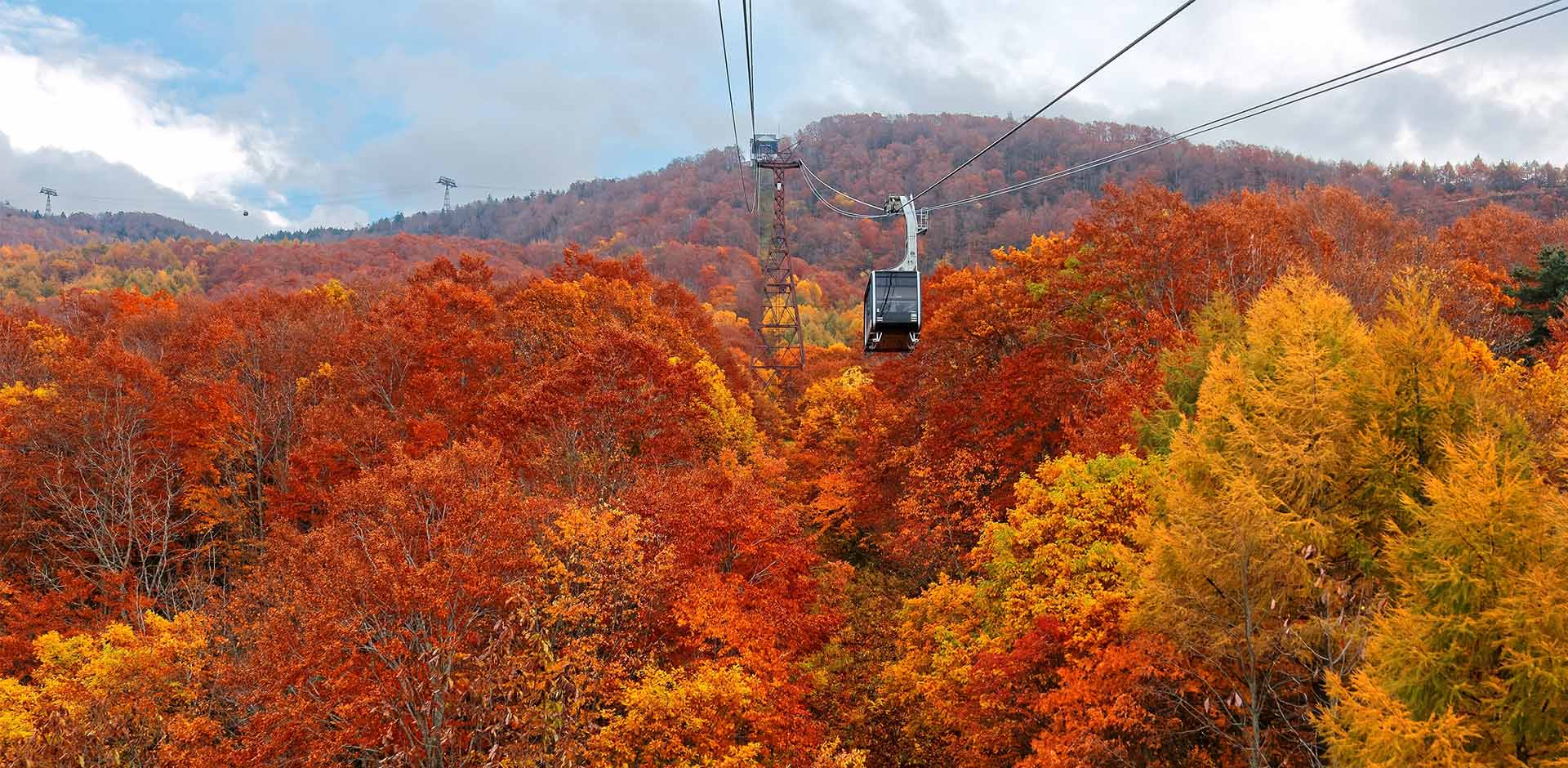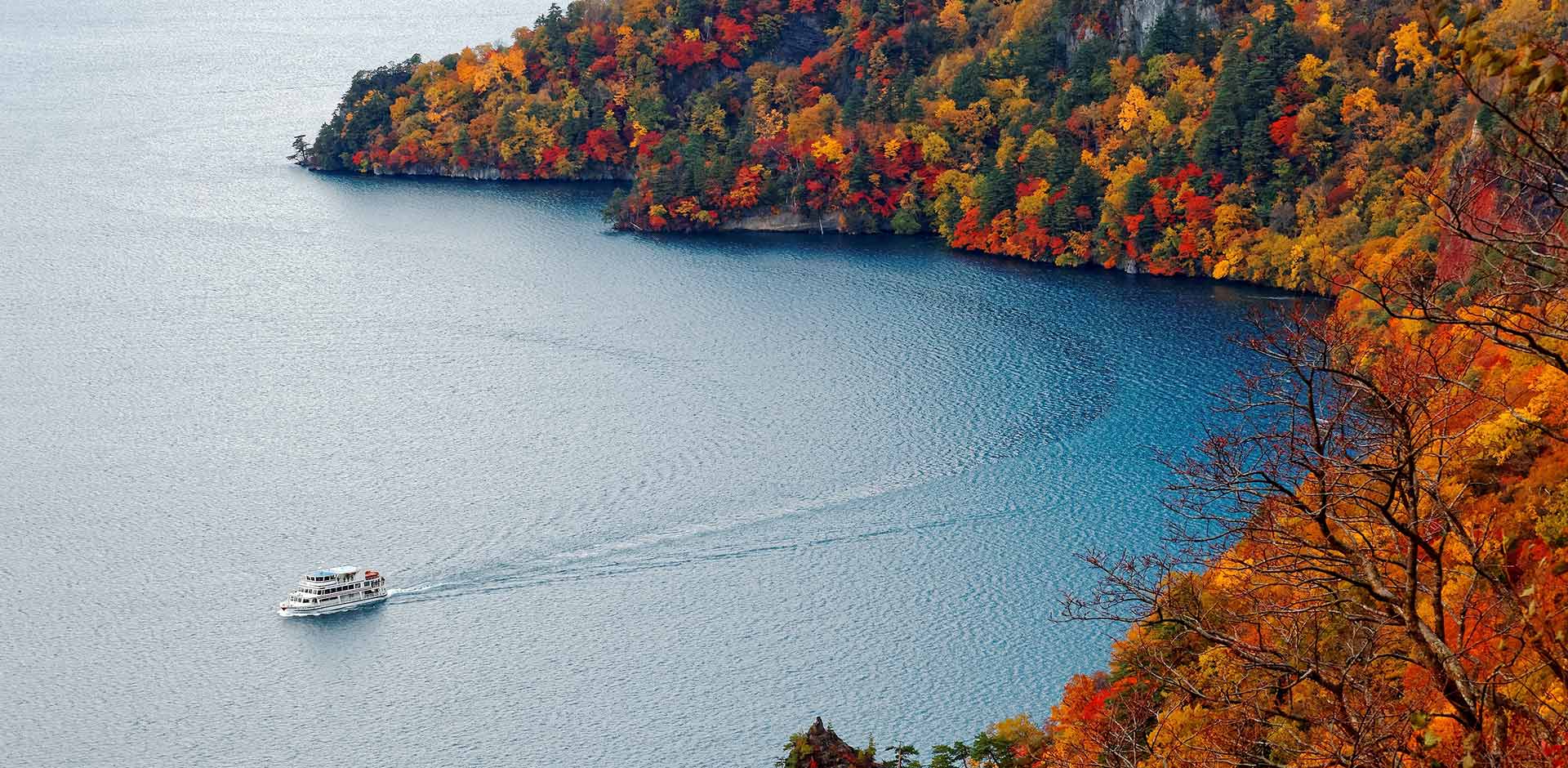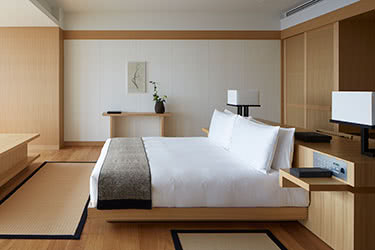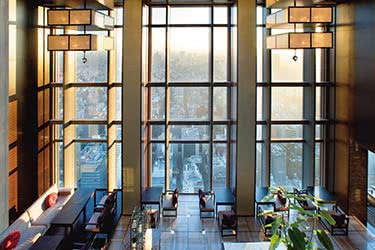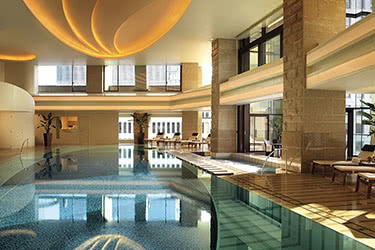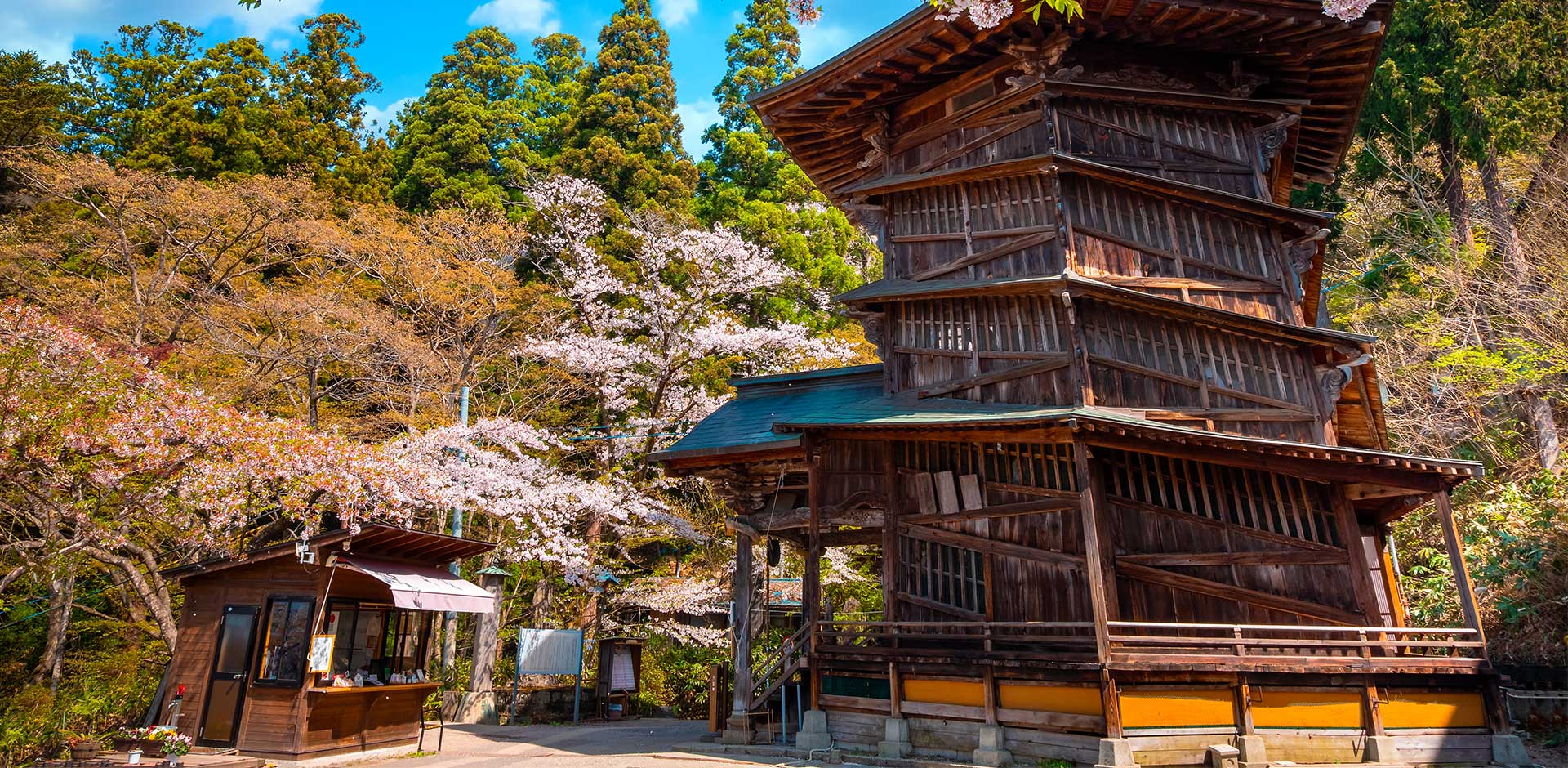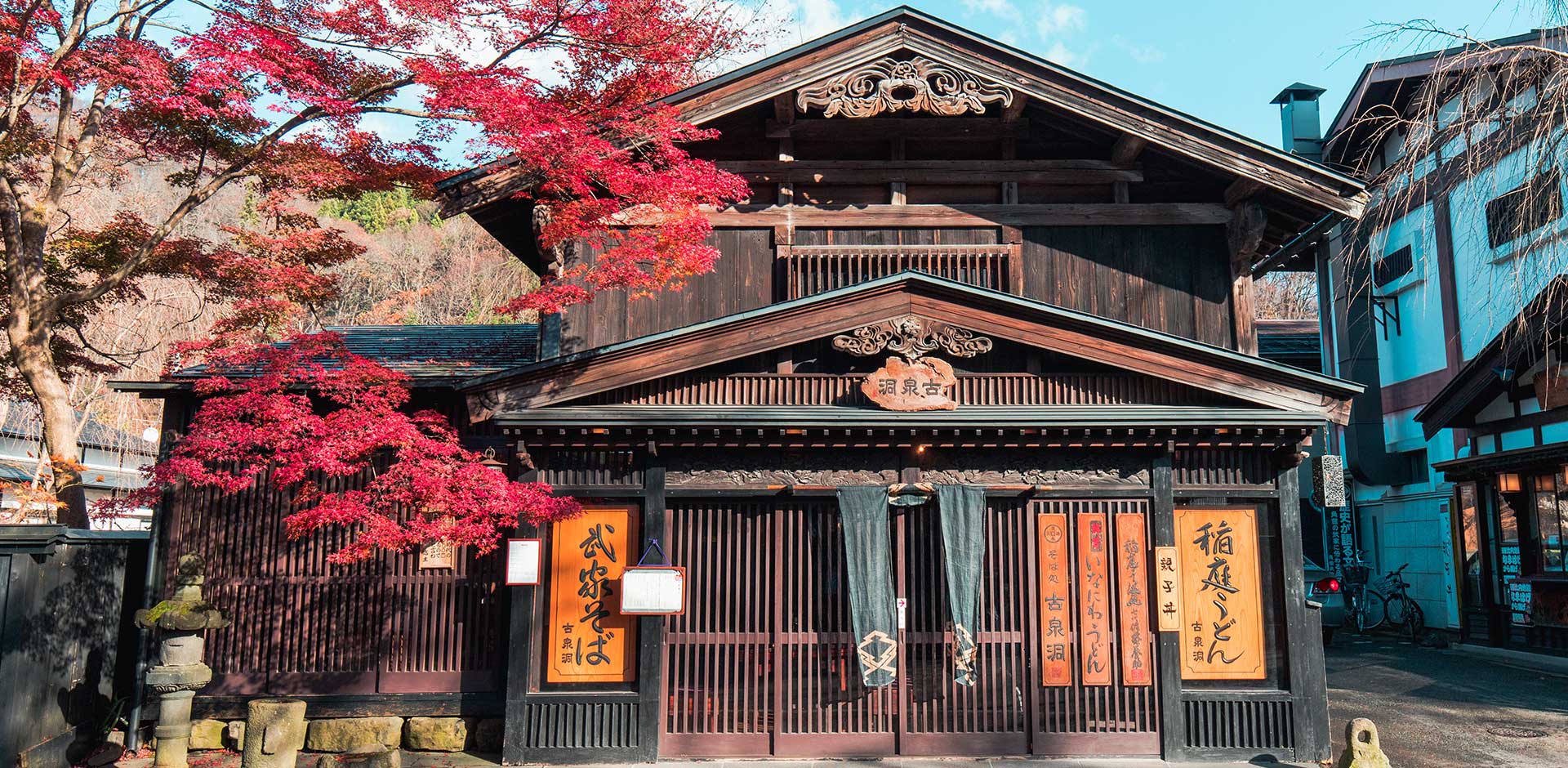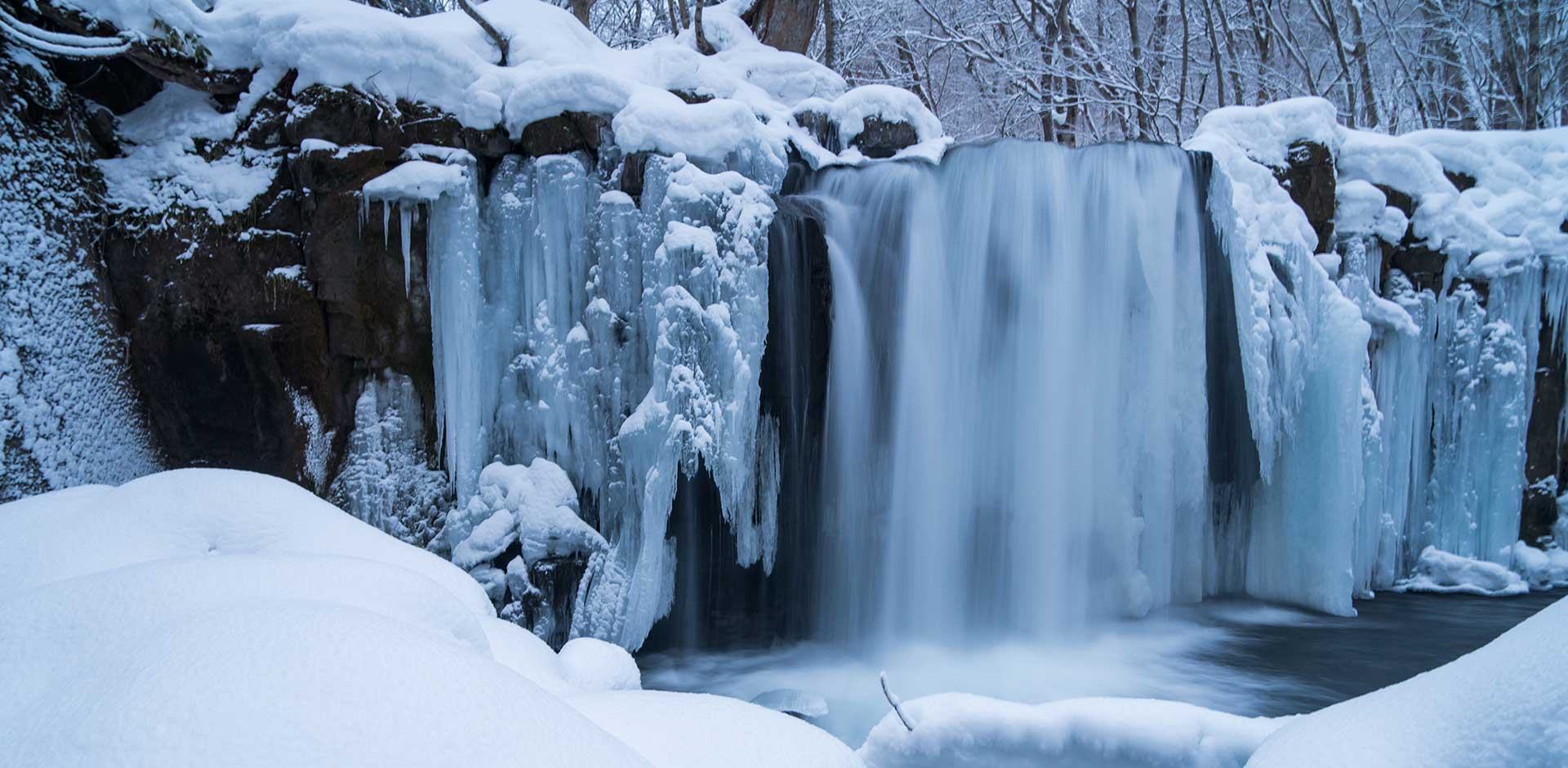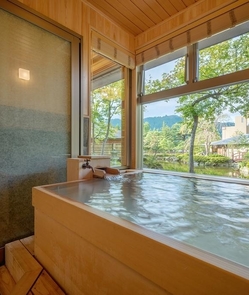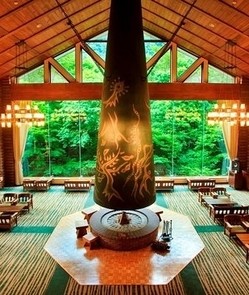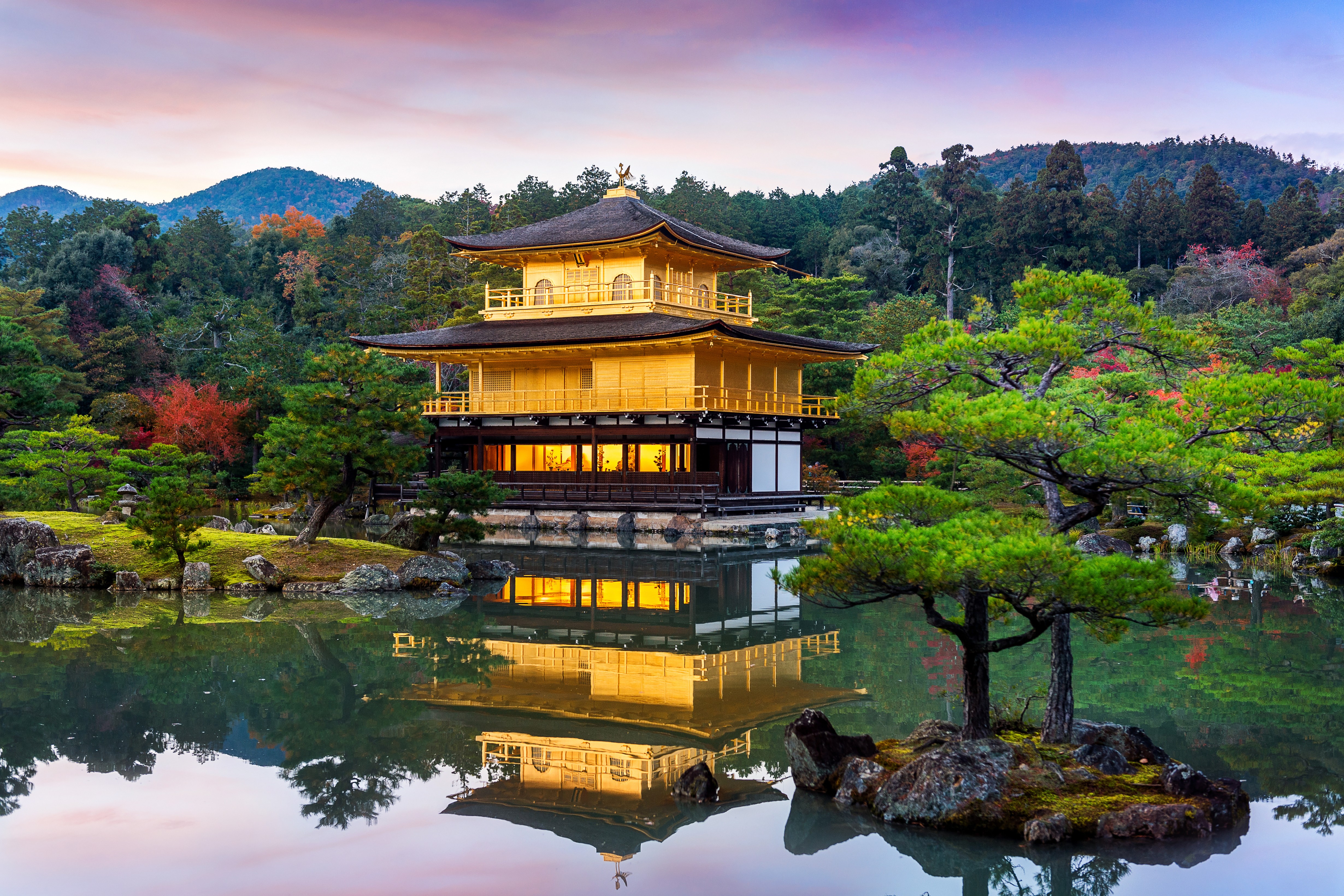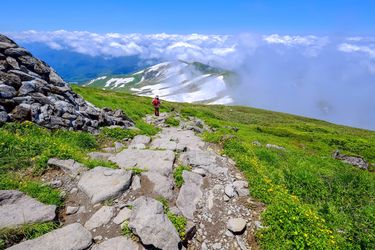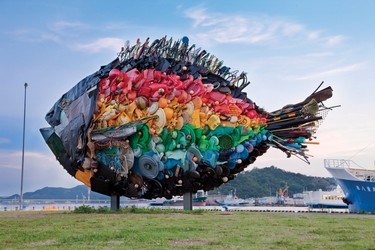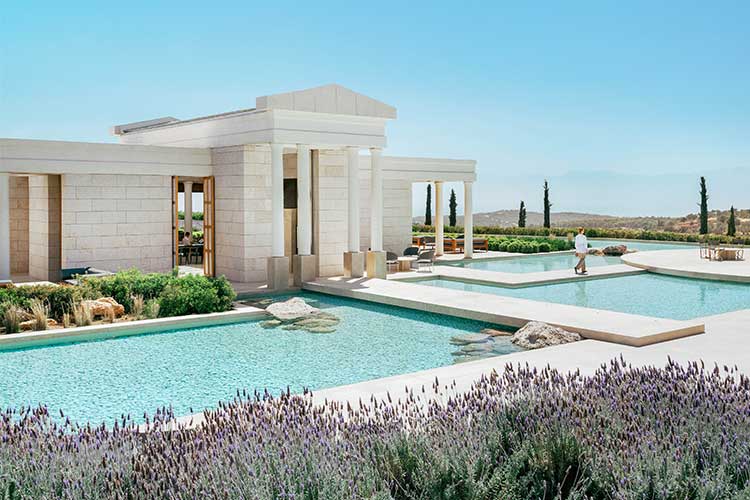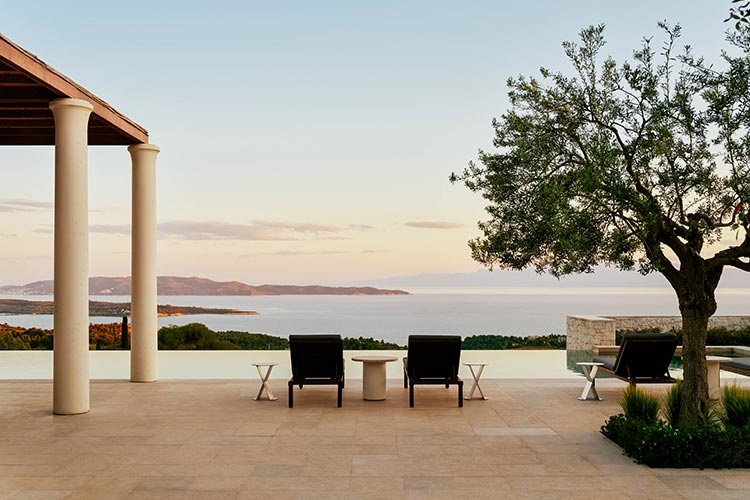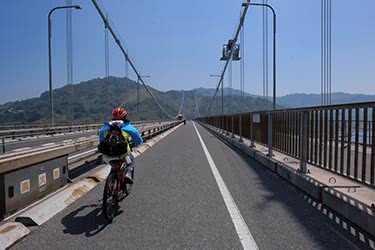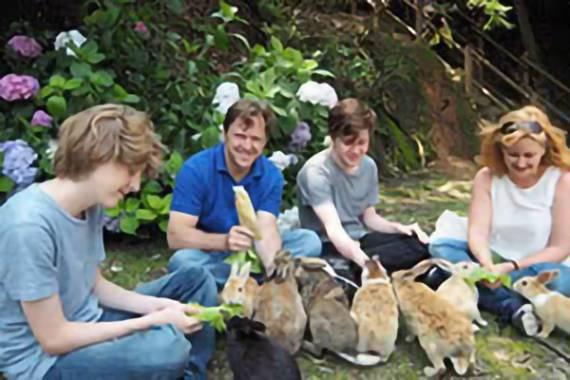Location: Spread across the top six floors of the Otemachi Tower in Tokyo’s financial district, this lofty hotel presents city superb views and is just steps from Tokyo Station and Ginza shopping district.
History: This newly built-hotel is the first ever ‘city’ hotel from the luxurious Aman Resorts, a group that has over two dozen resorts in their portfolio spread across four different continents.
Services: The wealth of services here all take advantage of the stunning views, whether you’re treating yourself to a massage in the spa, enjoying fine Mediterranean cuisine in the 33rd floor restaurant or doing laps in the infinity pool.
